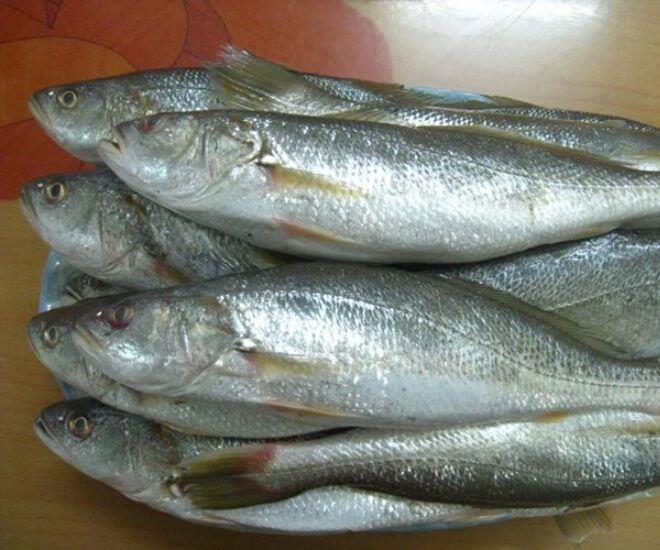
The Ponyfish, also known as the Filefish, is a saltwater species belonging to the leatherjacket family. In Vietnam, it is predominantly found along the central coastal regions, spanning from Quang Binh, Quang Tri, Hue, Quang Nam to Da Nang. Globally, this species is widespread across the Pacific, Mediterranean, Atlantic, and Indian Oceans. Its extensive distribution highlights its popularity as a seafood staple in numerous countries. However, in Da Nang, Vietnam, it is particularly prized, harvested, and transformed into a variety of local specialties that embody the rich flavors of Central Vietnam.
Physically, the Ponyfish resembles the tuna but with a slightly flatter body, covered in shimmering silver-white scales that gleam under the sunlight. Its pointed snout and inward-curving sharp teeth indicate its predatory nature. Growing between 40 to 70 cm in length, the Ponyfish boasts abundant, firm, fragrant, and smooth white meat. Unlike many leatherjacket species that have a strong fishy odor, the Ponyfish’s flesh is fresh and sweet, striking a perfect balance between tenderness and chewiness, making it a favorite among locals and tourists alike. While it can be caught year-round, the peak season for Ponyfish fishing is from February to April, when fishermen in Central Vietnam often return with nets full of this prized catch.
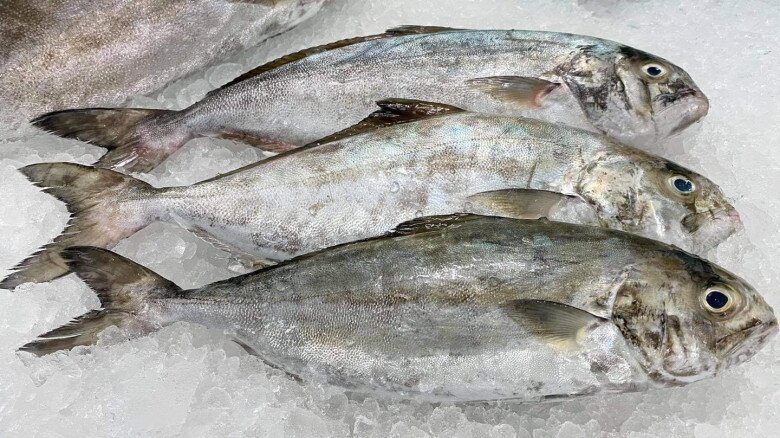
The Ponyfish’s diet is quite diverse. As juveniles, they feed on floating plants and organic debris in the water. Upon reaching adulthood, their primary diet consists of bigeye scad and various invertebrates. This nutrient-rich diet from the sea imparts a distinct, buttery flavor to the Ponyfish’s meat, setting it apart from other fish species.
For generations, coastal communities have cherished the Ponyfish as a valuable ingredient in their kitchens. Its versatility makes it suitable for both everyday family meals and special gatherings. The fish can be simmered in a rich broth and served with vermicelli, creating a simple yet deeply flavorful dish. Ponyfish congee is a beloved choice during dry or chilly weather, offering a light, nourishing, and easily digestible meal. Additionally, it can be cooked in a sour soup with bamboo shoots, tamarind leaves, and starfruit, or fried to a crisp and served with a garlic, chili, sugar, and lime dipping sauce, accompanied by fresh herbs—a quintessential Central Vietnamese combination.
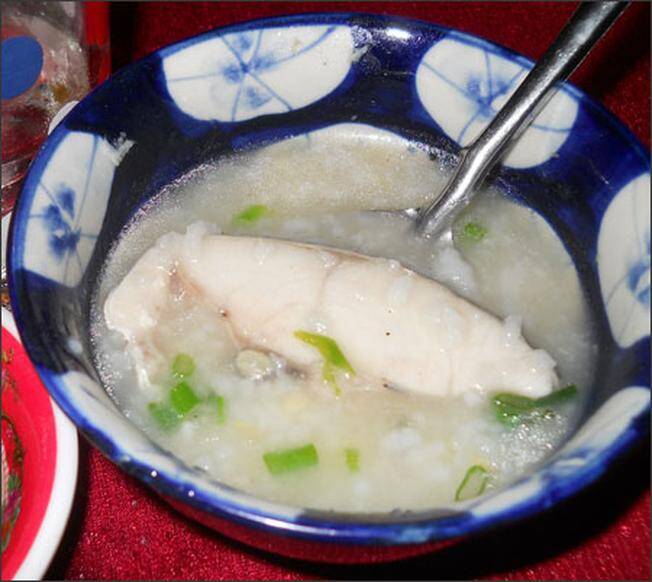
However, the dish that has truly cemented the Ponyfish’s reputation among visitors and made it a culinary star in Da Nang is the Ponyfish hotpot. Available in nearly every seaside restaurant, it attracts both tourists and locals alike. The beauty of this dish lies in its simplicity, yet it delivers a refreshing and robust flavor, perfect for family dinners or social gatherings.
Chefs typically select fresh Ponyfish, cut it into bite-sized pieces, and marinate it with pepper, chili, shallots, and fish sauce to enhance its flavor. The broth is simmered from fish bones, lemongrass, tomatoes, okra, tamarind leaves, or starfruit, creating a naturally tangy taste. As the fish is added to the boiling broth, its distinctive aroma fills the air, and the meat cooks to perfection, retaining its sweet, chewy texture. Paired with fresh vermicelli and herbs, Ponyfish hotpot offers an unforgettable dining experience for anyone visiting Da Nang.
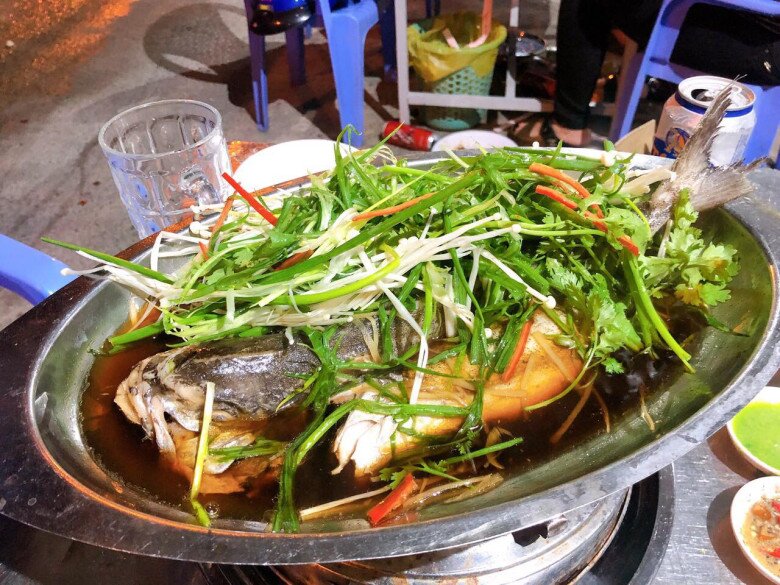
Beyond hotpot, steamed Ponyfish is another highly acclaimed dish in Da Nang’s restaurants. Fresh fish is steamed with minced lemongrass, chili, and black fungus, preserving its natural sweetness. Diners often rave about its tender, chewy texture and delicate flavor, eagerly anticipating their next visit. Ponyfish congee, with its mild and soothing taste, is also a popular choice, especially for children or those recovering from illness.
Today, the Ponyfish has transcended its role as a local staple, becoming a valuable commercial product. Its market price ranges from 150,000 to 450,000 VND per kilogram, significantly higher than many other fish species. Despite this, its delicious flavor and nutritional value ensure consistent demand, particularly during tourist seasons when visitor numbers to Da Nang surge. This trend not only boosts fishermen’s incomes but also fuels the growth of the food service industry, enriching Central Vietnam’s culinary landscape.
Nutritionally, the Ponyfish is rich in protein, low in unhealthy fats, and packed with essential minerals and vitamins. This makes it not only a culinary delight but also a healthful choice, suitable for both the elderly and children. In an era where tourists increasingly seek local cuisine and healthy eating options, the Ponyfish stands out as a compelling choice.
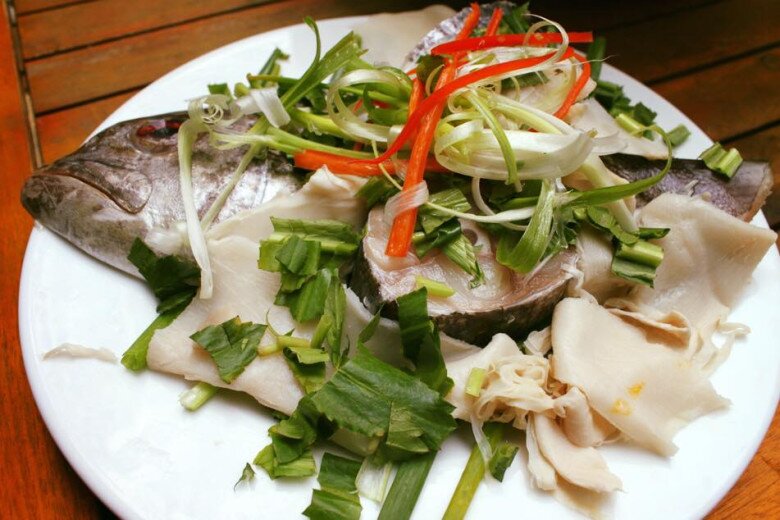
Many visitors to Da Nang agree that no seafood experience here is complete without trying the Ponyfish. Whether it’s the sweet, chewy flesh in a tangy hotpot or the subtle elegance of steamed fish with lemongrass and chili, each dish showcases a unique character found nowhere else. It’s the simplicity of the ingredients combined with the sophistication of preparation that makes the Ponyfish so captivating, transforming it from a local favorite to a must-try specialty for travelers.
During every tourist season, alongside exploring famous landmarks, visitors eagerly anticipate gathering around a steaming Ponyfish hotpot, savoring each bite while sharing stories. This experience encapsulates the warmth, hospitality, and refinement of Central Vietnamese cuisine. From humble fishermen’s meals to gourmet restaurant dishes, the Ponyfish has become an integral part of Vietnam’s culinary heritage. For travelers, enjoying Ponyfish is an essential experience to truly understand the people, land, and sea of Central Vietnam.






























